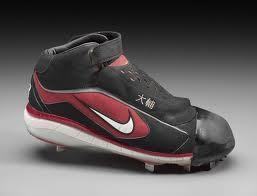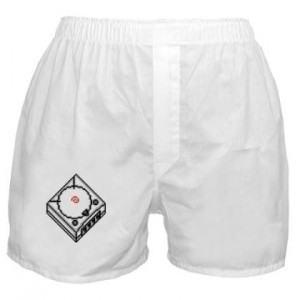Size of an Insulation Layer
Insulating or insulation layer sizes are marketed as small, medium,  large, XL and XXL. There are some companies that make XS or XXXL layers. However, you need to be aware that the fit will differ. The reason is that the layers are made in different ways with different materials. The insulating layer is also known as a mid layer.
large, XL and XXL. There are some companies that make XS or XXXL layers. However, you need to be aware that the fit will differ. The reason is that the layers are made in different ways with different materials. The insulating layer is also known as a mid layer.
Purpose of the Mid Layer
The mid layer is designed to give warmth to the person wearing it. It gives more insulation from cold weather, hence the name. The layer can be a single thick one or comprised of several thin layers. Many prefer the multiple thin insulation layer sizes as they generate more warmth.
Usage
Wearing numerous thin layers also make it easy to adjust the warmth level. For the best result, the insulation layer has to fit more loosely than the inner layer. This provides insulating air amongst the layers. If one wants the best moisture transfer, the space between the layers must be narrower.
A large gap will make the transfer more difficult to do. However, the loose fitting types can also allow moisture removal through air circulation. The same process is used to remove heat.
Materials and Fabrics
As varied as the insulation layer sizes are the fabrics used to make them. Wool is the choice material because of its characteristics. It provides quality insulation even if it is not dry.
Another benefit is that it can soak in moisture without feeling wet. This is true even if there is plenty of moisture in the fabric. It can also move moisture well.
Fleece constructed from PETE and synthetic materials are preferred by others. Their properties are similar to wool but not as heavy. This fabric also has good insulation properties even when not dry. The moisture absorption is also limited. Unlike other materials, it dries rapidly.
Sheepskin fleece can also be used as insulation layer. Down also provides warmth and the warmth / weight ratio is very good. It can also be squeezed to save space. The drawback is that it is costly and is very thick. Drying time is also slow. Another fabric used is polyester. It is cheap, dries rapidly and has good insulation.
The insulation layer sizes are only one part of the equation. The material has to be chosen carefully too. It is the only way to ensure you are kept comfortable and warm when it’s cold.





